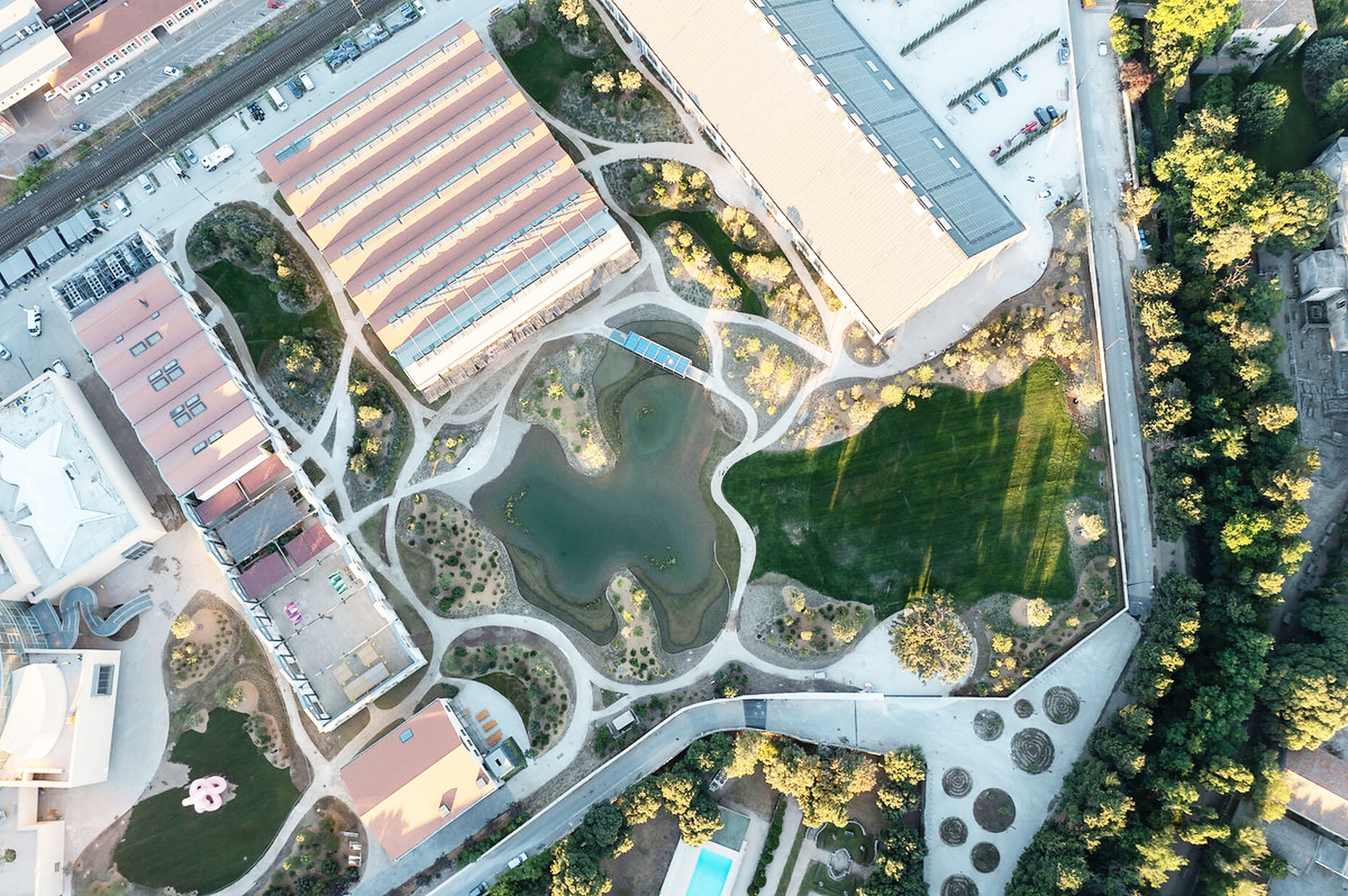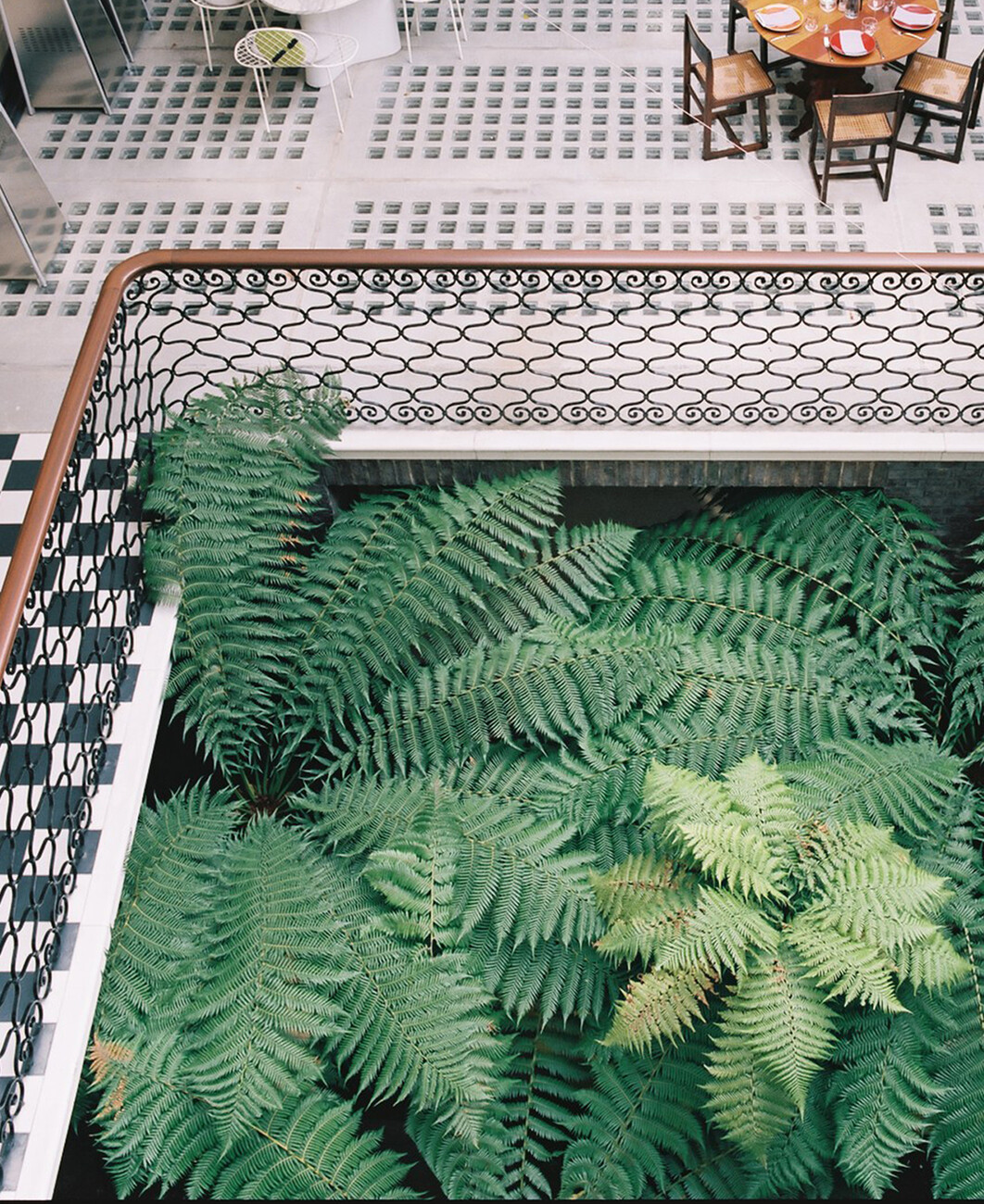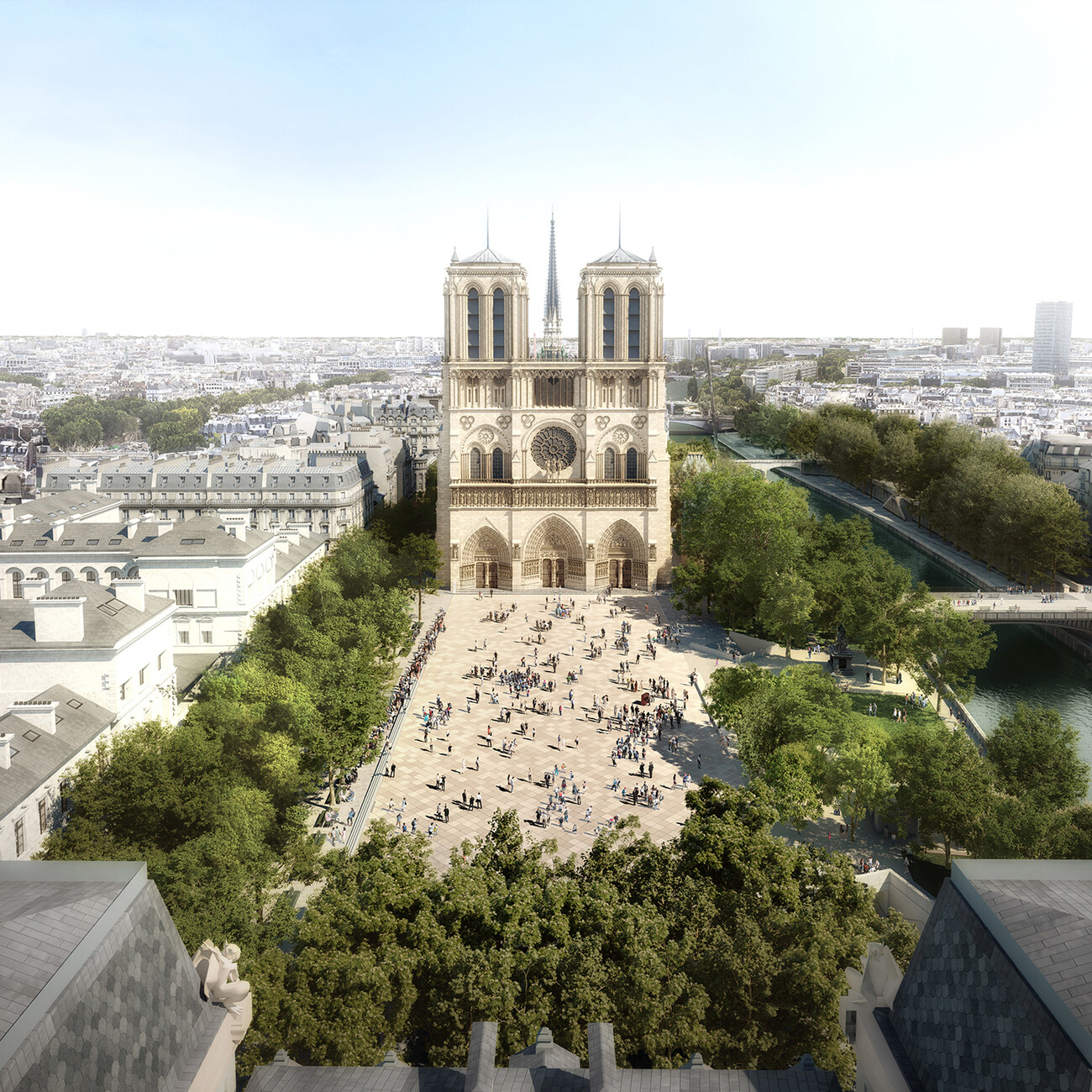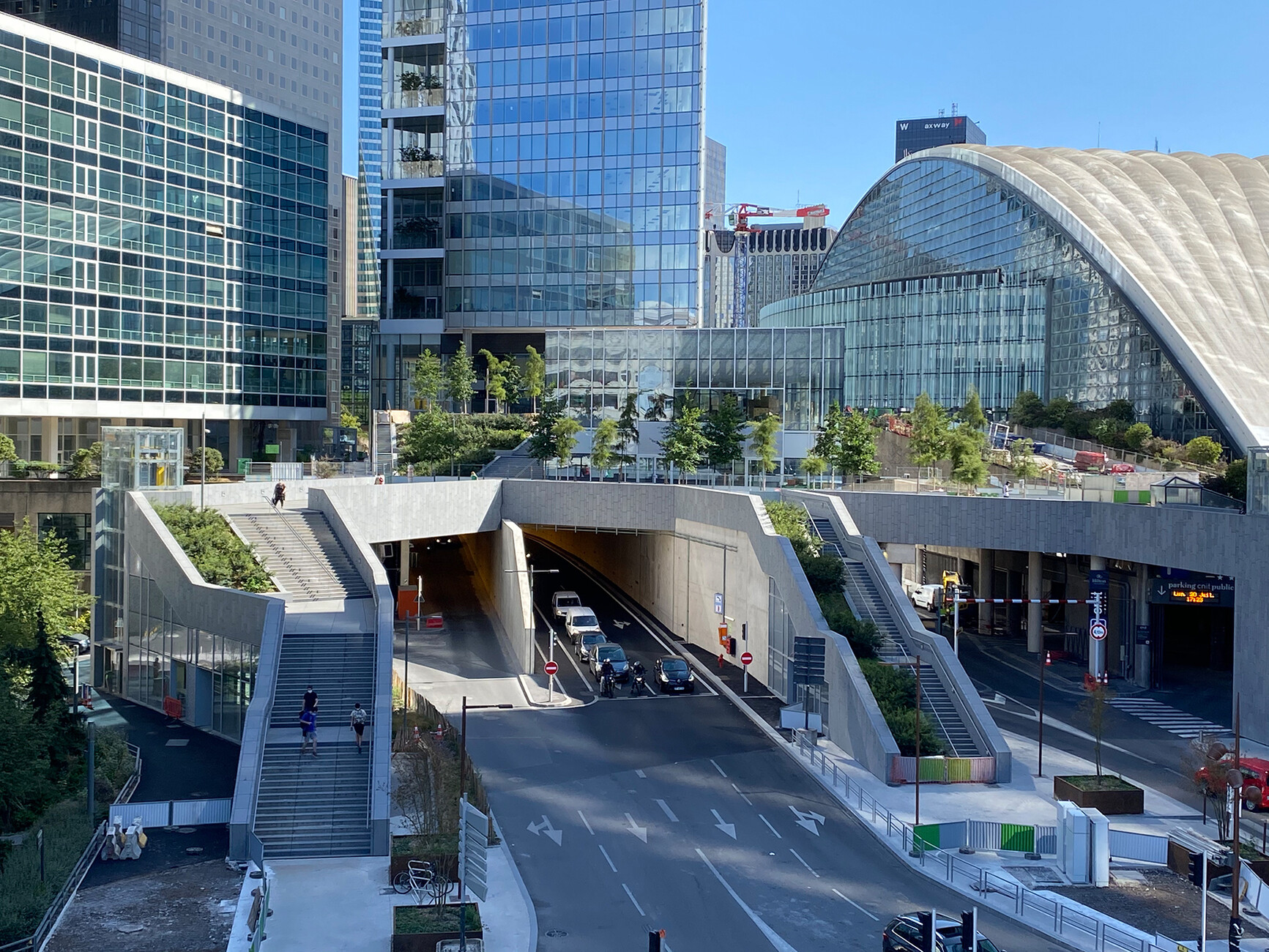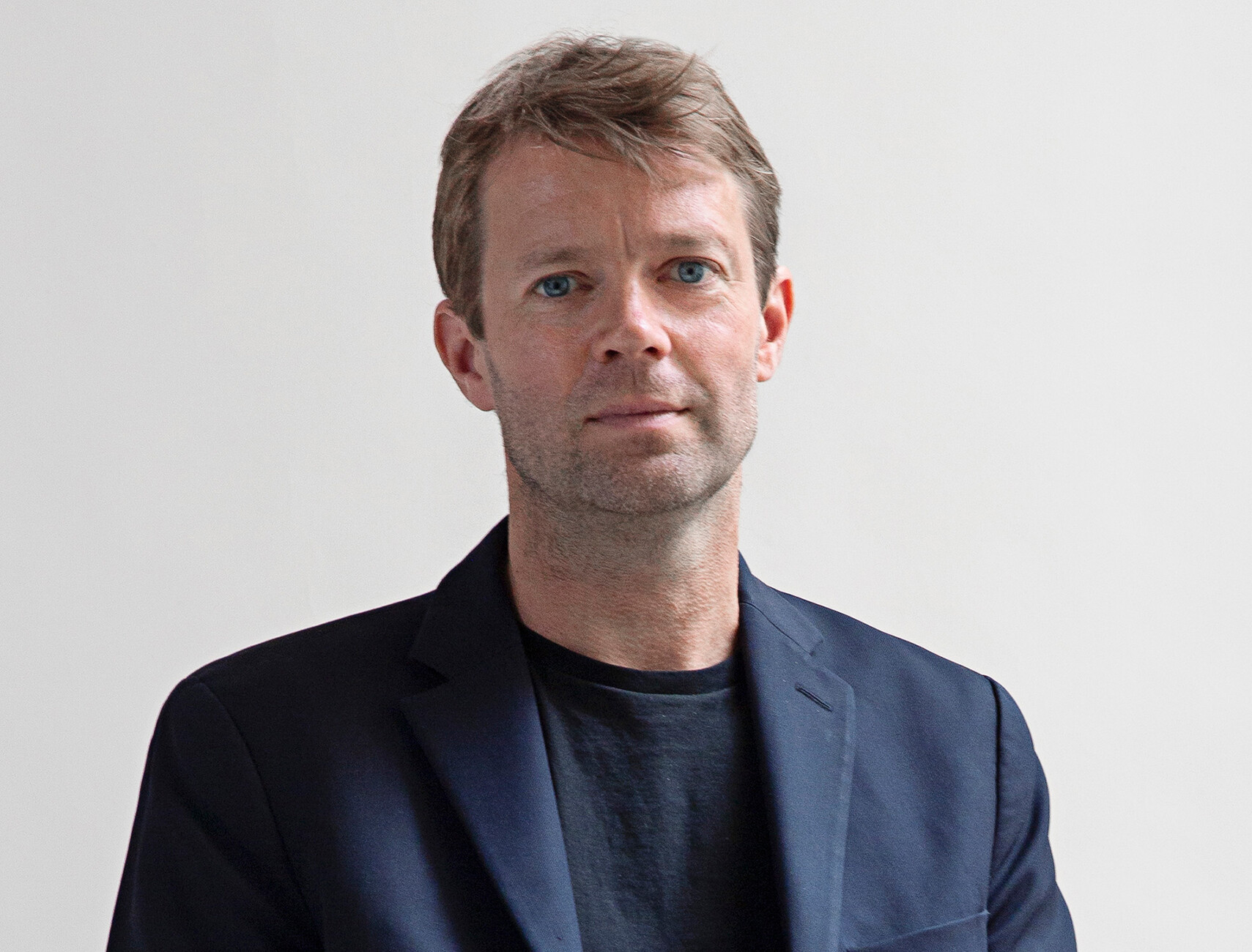A Living Organism
Bettina Krause: What do you associate in your profession with the word “hope”?
Bas Smets: Given climate change and the loss of biodiversity we are at a critical point. I use the term ‘hope’ when I’m imagining a different future for our cities because after all our cities are the worst polluters simply because large numbers of people live there. We can do two things to mitigate the causes of climate change: Cut CO2 emissions and bring nature back into the cities to absorb the carbon. Through our projects we try to transform cities into urban ecologies. I specifically use the term urban ecology – in other words, an ecology that can cope with the artificial climate and the artificial environment of cities. I try to read the city as a new type of nature that we must allow to develop. We must bring nature back into this artificial climate people have created. I feel very optimistic about this because it represents a new approach. We lack an ecological mindset for cities. They have been built solely for us and we gave no thought to how you can grow plants there or how to deal sensibly with rainwater. We have realized cities that are highly utilitarian and need to re-think our approach seriously in order to equip them to deal with climate change and can even contribute to solving the related problems.
Bettina Krause: Are you optimistic that we have enough time to implement these ideas?
Bas Smets: No, I’m not optimistic that we can solve the problem but I do think we have a moral obligation to at least try. Do I believe we can solve it? Honestly, I don’t know. But I know that we have to try everything immediately if we are to have a chance of surviving. There is a desperate need to rethink cities. We don’t have the time to organize competitions, but ought to be finding ways of transforming our cities as swiftly as possible.
What do you see as the greatest challenges facing our cities with regard to climate change?
Bas Smets: Essentially there are two things: The one is soil and the other water. Years ago, cities were always built close to water and fertile ground because these two things ensured people would have enough food. As cities have expanded over the last 50 years, we have sealed the soil, making it an impermeable layer and then built on top of it. Rainwater runs off this impermeable layer very quickly. We need to break up this layer and let the rainwater be absorbed into the soil so we have fertile ground that can be used to grow plants which in turn bring rainwater into the atmosphere again and can cool the temperature as they absorb CO2. In other words, it’s a very simple equation that we need to implement in order to transform our cities. First of all, we need to find the soil again. However, if you dig up a pavement in a city then there are other structures in the way – there is the sewer system, subway stations, power lines, gas pipelines and waterpipes. Meaning we have to think of a new kind of urbanization of the “underworld” in order to find soil again. And we need plants to absorb the carbon and create a micro-climate. You can say that every leaf counts.
Is it your experience that politicians and decision-makers have understood all this and know what needs to be done?
Bas Smets: As usual some cities are more far-sighted than others. Take Paris, for example: The city has drawn up climate plans and considered how cooler places can be created everywhere in the city. Other cities have done the same or are, at least, open to the idea. Some need a little more convincing. The big difference is that previously you had skepticism about climate change but that has since largely evaporated. I think that given everything we have been through in the last three or four years everyone – residents and politicians alike – understands how urgently we need to adapt our cities. I guess we have a window of opportunity in the next five to ten years to change our cities and I’m afraid that it will be much more difficult in 20 years.
You mention Paris – I hear they also want less cars on the roads there?
Bas Smets: Absolutely, in the last ten years the space allocated to cars has been cut back. When there are fewer streets and parking spaces then people make less use of their cars. At the same time, there’s an excellent public transport system and an infrastructure for bicycles. When I moved to Paris in 2000 you didn’t see anyone on a bike. Today, half of the city’s residents cycle.
You’ve won a competition to re-design the area around Notre Dame. What are you planning there?
Bas Smets: Notre Dame is located on an island in the center of the city. Victor Hugo wrote that it’s the cradle of Paris. I was greatly inspired by this sentence and his book. If Paris was founded at this place, then you could argue that re-thinking it means thinking about the future of this place, does it not? When we looked at the spaces around the cathedral five major typologies emerged: the large square fronting the church, the street with its rows of trees, the shrubs, a park behind the cathedral, and a small square in front of it. We asked ourselves how we could reimagine these typologies to make them climate compatible and more communal, as a place that is used both by local people and tourists. Our aim was also to create somewhere that cools the temperature down. So, it’s about showcasing the beauty of the cathedral, making this public space climate-proof and establishing a better relationship to downtown Paris.
You often collaborate with artists on your projects. What have you learned from these collaborations?
Bas Smets: I find the way artists observe reality and can alter how other people think highly inspiring. But the view of scientists is also important, for example what we now know about the symbiotic mycorrhizal connections between the roots of trees. I try to keep abreast of the latest findings by scientists such as Susan Simard or Stefano Mancuso, to bring them to bear in my projects, and to become more experimental. The situation is so urgent that we have to experiment. We can’t go on using the same models that we have applied for the last 50 years – because they simply don’t work. We should commit ourselves to experiment and allow ourselves to fail now and then.
What was the last idea that fascinated you?
Bas Smets: Next week I will begin teaching a course at Harvard University on a fascinating topic called “Biospheric Urbanism - Changing Climates” where I will endeavor to advance my ideas further with the students. What was long considered mere decoration in landscape architecture will become a necessary element of our continued existence. We need to reimagine our cities as places to which plants return. I recently read the very inspiring book “Finding The Mother Tree” by Susan Simard. This idea of learning from nature so as to improve our environment really completely occupied me last week.
It gives me hope to hear that these ideas will be taken further at Harvard University.
Bas Smets: That’s why I’ve decided to devote some of my time to teaching. Despite all the different projects we tackle, our landscape architectural practice is too small to really make a big difference. I think that teaching can help spread these ideas.
The importance of landscape architecture tends to be somewhat underrated doesn’t it?
Bas Smets: It is completely underrated and completely misunderstood. It has become a kind of floral decoration. Yet landscape architects are capable of reimagining the city because we see it as a living organism. And I hope that they will use this opportunity to truly make some changes. I often think that when you plant a tree you need hope because it takes time to grow. You don’t plant trees for the next generation but for the one after that. And that is connected to the idea that there is no alternative to planting trees. We don’t have any other choice, even though we don’t know whether that will be enough.
Anyone who plants a tree has hope.
Bas Smets: Yes, we have no other choice. That’s what I’m trying to say: We have a moral obligation to be optimistic.
